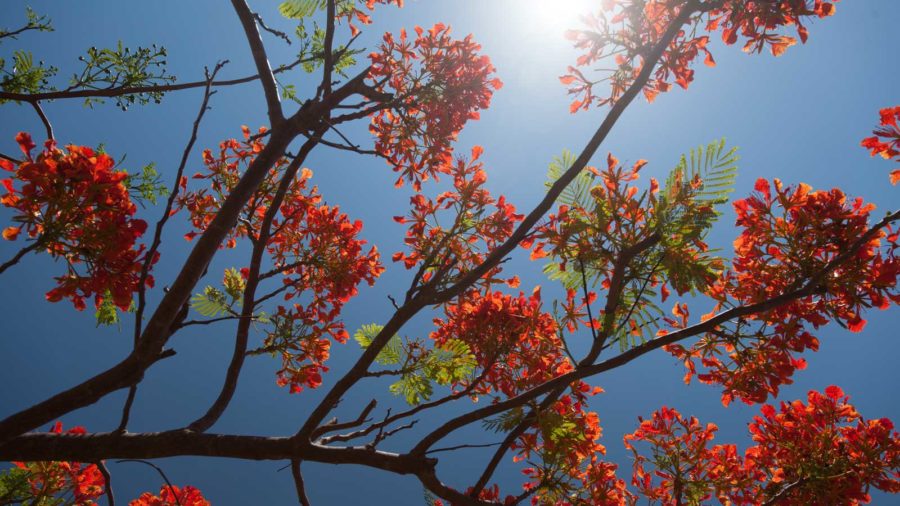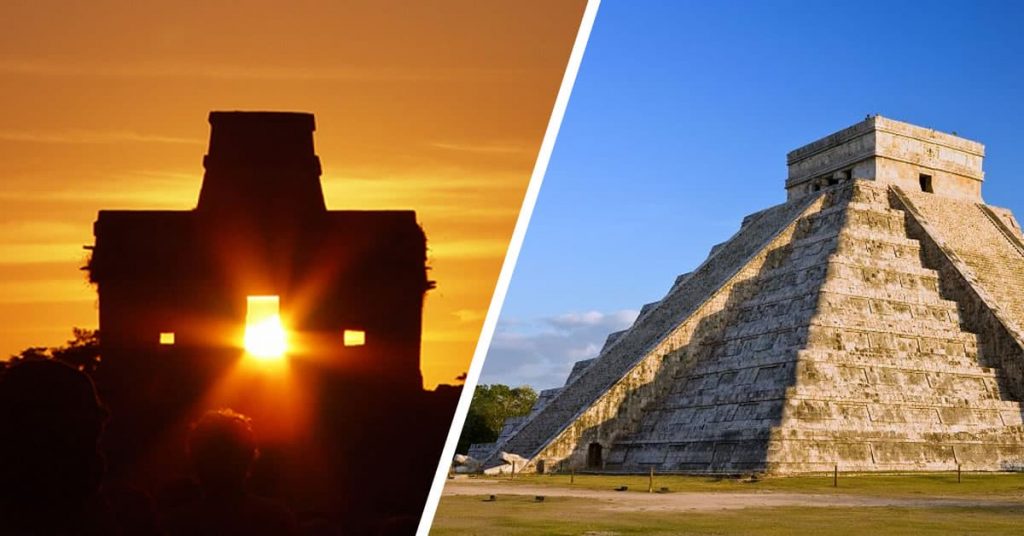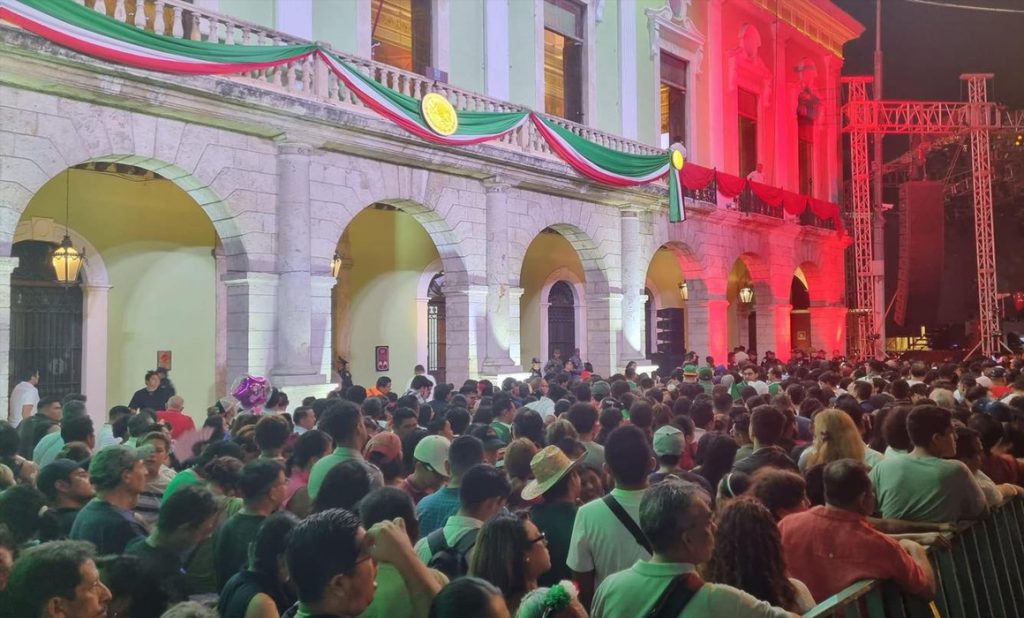
Content
With the arrival of spring, Mérida fills with color thanks to the blooming of trees and plants emblematic of the region. These species not only beautify the city but also hold deep cultural and historical significance. From the majestic flamboyant to the sacred ceiba, each tree tells a story that connects the past with the present.
🌺 Flamboyant: The Emblematic Tree of Yucatecan Spring
If there is one tree that represents spring in Mérida, it is the flamboyant (Delonix regia). Its intense red and orange flowers cover the streets and parks, creating breathtaking landscapes. Although originally from Madagascar, this tree has become a symbol of the city due to its resistance to the warm climate and its fast growth.
The flamboyant blooms in April and May, when its green leaves give way to an explosion of color. It is commonly seen on avenues such as Paseo de Montejo or in plazas like Santa Ana Park, where it provides shade and a picturesque atmosphere. In addition to its beauty, this tree has medicinal properties: in some communities, its flowers are used in infusions to relieve fevers and stomach pains.
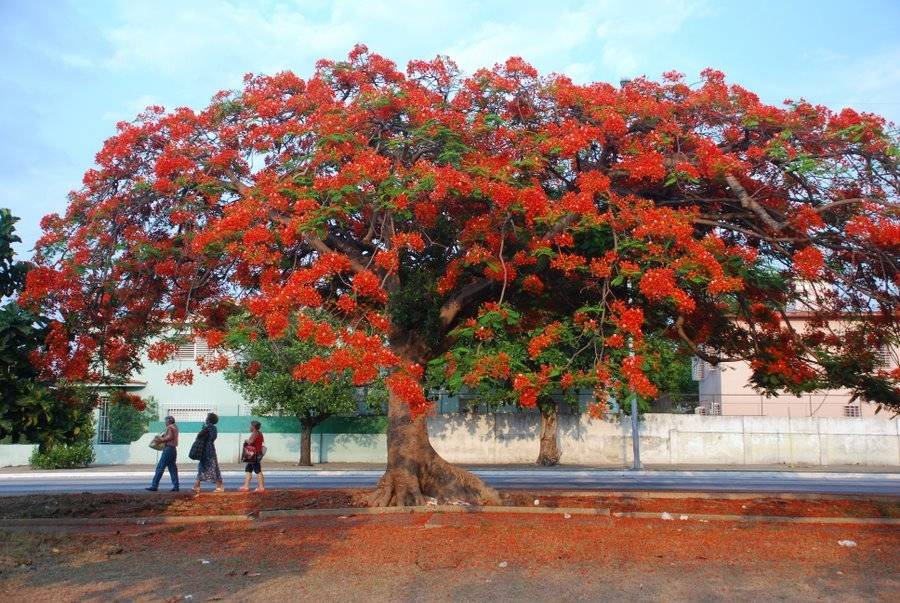
Flamboyán. Source: Descubro.mx
🌳 Ceiba: Sacred Tree in Maya Culture
The ceiba (Ceiba pentandra) is more than a tree; it is a symbol of life and spirituality in Maya culture. It is said to represent the Yaxché, the tree that connects the sky, the earth, and the underworld. For this reason, in many Yucatecan towns a ceiba was planted in the center of the main square, as a gathering point and a source of protection.
This imposing tree, which can reach up to 60 meters in height, blooms discreetly in spring, with small white flowers that give way to fruits filled with cotton-like fibers. Majestic specimens can be found in places such as the Gran Parque de La Plancha and the archaeological zone of Uxmal, where the Maya revered it as a sacred tree.
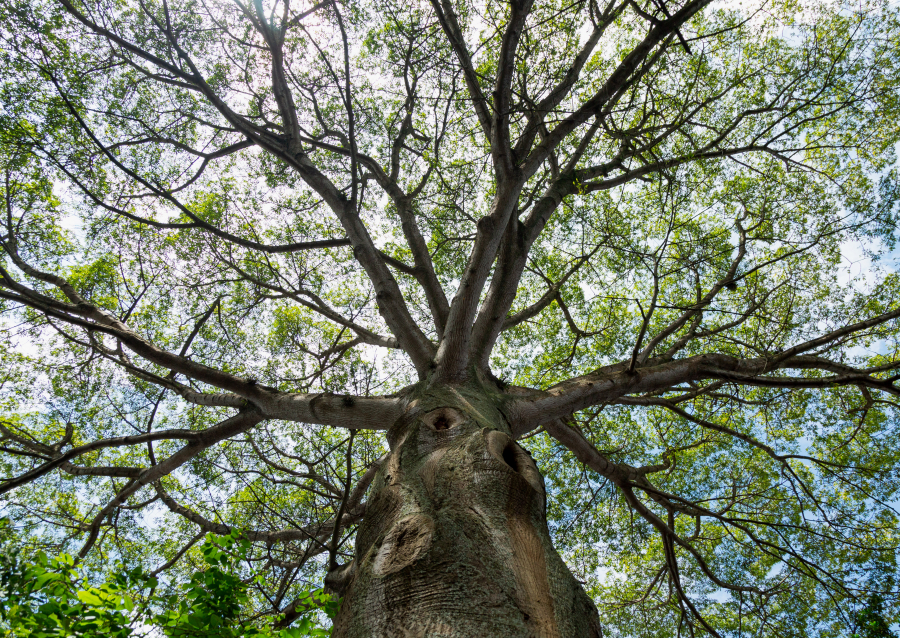
Ceiba. Source: Investigación Para Todos
🌿 Ramón: The Tree of Ancestral Sustenance
Although less showy than the flamboyant or the ceiba, the ramón tree (Brosimum alicastrum) has been fundamental in the history of the Yucatán Peninsula. In pre-Hispanic times, its seeds were ground to make a nutritious flour that served as the base for tortillas and energy drinks.
The ramón blooms between April and June and is easy to identify by its dense dark green foliage. Its resistance to drought makes it a key species for reforestation. If you want to see examples of this tree, you can visit the Botanical Garden at Mejorada Park, where there is a collection of native flora from the region.
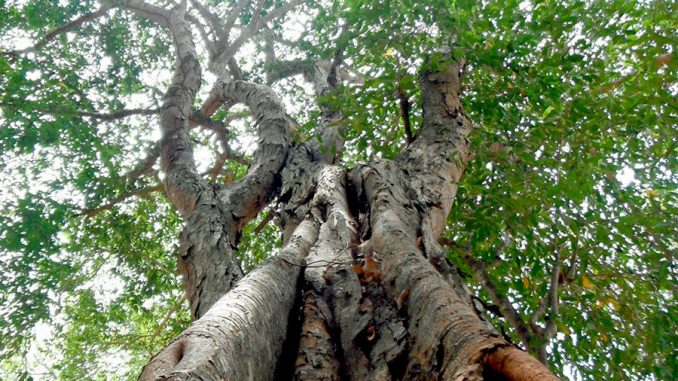
Ramón. Source: Mongabay
🌼 Where to See Trees in Bloom in Mérida During Spring
If you want to admire the beauty of spring in Mérida, here are some places where these trees bloom in all their splendor:
- Paseo de Montejo: Flamboyants and ceibas frame this iconic avenue.
- Santa Ana Park: A perfect spot to relax under the shade of a flamboyant.
- Gran Parque de La Plancha: A green space with centuries-old ceibas.
- Mejorada Botanical Garden: Ideal to learn about ramón and other local species.
Spring is one of the best times to explore Mérida and enjoy its natural richness. These trees not only beautify the city but also tell stories of tradition, resilience, and culture.
References
● Instituto Nacional de Antropología e Historia. (2024). “La ceiba y su significado en la cultura maya”.
● Revista Naturaleza Yucatán. (2024). “Árboles emblemáticos de Mérida”.
